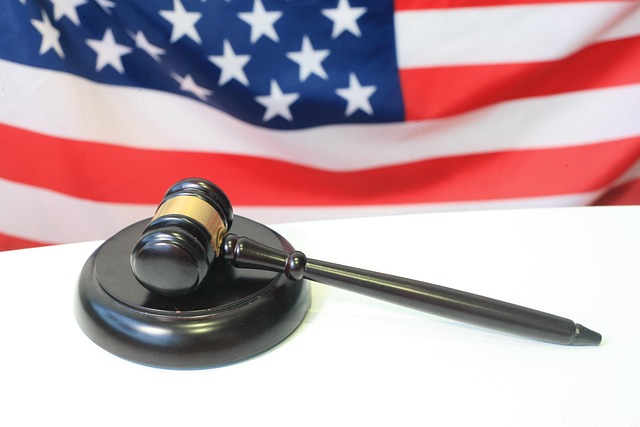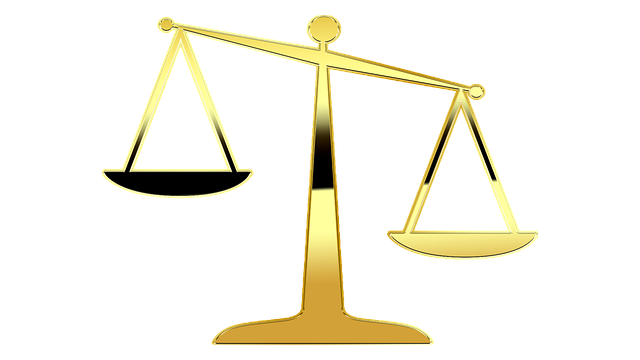Understanding consumer protection laws is crucial for both businesses and consumers to prevent common mistakes in personal injury claims. Consumers often lack knowledge, leading to weaknesses in cases due to inadequate documentation, rushed decisions, and misunderstandings of legal processes. Businesses must adhere to strict guidelines to avoid high-stakes lawsuits and reputation damage. Proper navigation involves immediate documentation, seeking experienced legal guidance, understanding liability elements, avoiding rushed settlements, and organizing robust evidence to secure better outcomes under varying state laws.
Consumer protection suits are crucial for ensuring businesses uphold ethical standards and safeguard customer rights. In today’s market, understanding consumer protection laws is essential to navigating potential pitfalls. This article delves into key aspects of consumer advocacy, including common mistakes made by consumers in personal injury claims. By exploring the process, liability proofing, and legal strategies, readers can better protect themselves, avoid costly errors, and know when to seek professional guidance. Remember that awareness is the first step towards a successful outcome.
- Understanding Consumer Protection Laws
- Common Mistakes Made by Consumers
- The Process of Filing a Personal Injury Claim
- Key Elements in Proving Liability
- Strategies to Avoid Costly Legal Pitfalls
Understanding Consumer Protection Laws

Understanding Consumer Protection Laws is paramount for both businesses and consumers alike. These laws are designed to safeguard individuals from unfair practices, ensuring they receive quality products and services. Common Mistakes in Personal Injury Claims often arise due to a lack of understanding of these protections. For instance, many victims may not recognize the scope of their rights or fail to document essential details early on, which can significantly impact the strength of their case.
Businesses must be particularly vigilant to avoid high-stakes cases stemming from consumer protection violations. An unprecedented track record of successful claims against them can result in severe penalties and irreparable damage to their reputation. Therefore, adhering strictly to legal guidelines and maintaining transparent practices is crucial for preventing such situations.
Common Mistakes Made by Consumers
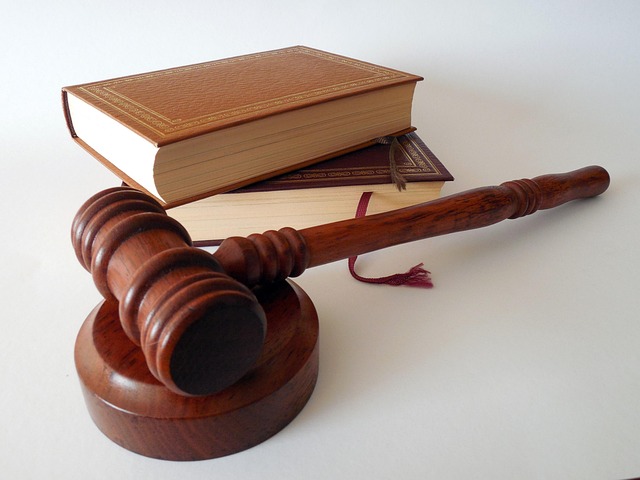
Consumers often fall into traps due to their lack of knowledge or rushed decisions when dealing with personal injury claims. One common mistake is failing to document and preserve evidence, such as medical records, photographs, or witness statements, which can significantly weaken a case. Additionally, many consumers underestimate the value of their injuries, leading to low settlement offers from respective businesses.
Another error is not understanding the legal process and timelines involved in personal injury suits. Impatience may drive individuals to accept premature settlements, missing out on potential compensation. Moreover, some consumers are unaware of the distinction between civil and criminal actions, mistaking general criminal defense strategies for personal injury claims, which can hinder their ability to achieve extraordinary results.
The Process of Filing a Personal Injury Claim
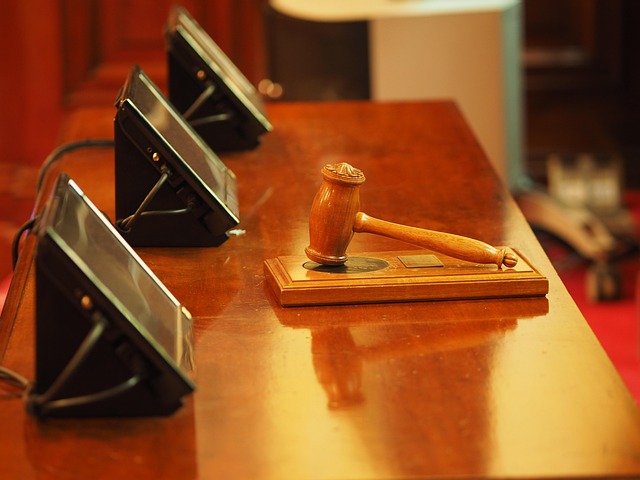
Filing a personal injury claim involves several crucial steps that, if not handled correctly, can lead to common mistakes in personal injury claims. It’s essential to gather all relevant information immediately following an accident—this includes taking pictures of injuries and damage, collecting witness statements, and keeping detailed records of medical expenses and missed work days. A thorough documentation process significantly strengthens your case and aids in presenting a compelling argument to the court or insurance company.
Among the most frequent errors are failing to report the incident promptly, not seeking medical attention even if symptoms manifest later, and improperly handling evidence or statements. Additionally, miscommunicating with insurance companies or legal representatives can weaken your position. Engaging experienced counsel who understands winning challenging defense verdicts is critical in navigating this complex process for his clients. Avoiding indictment—a serious outcome that can arise from mishandling a claim—is one of the primary goals, ensuring the best possible outcome for the victim.
Key Elements in Proving Liability
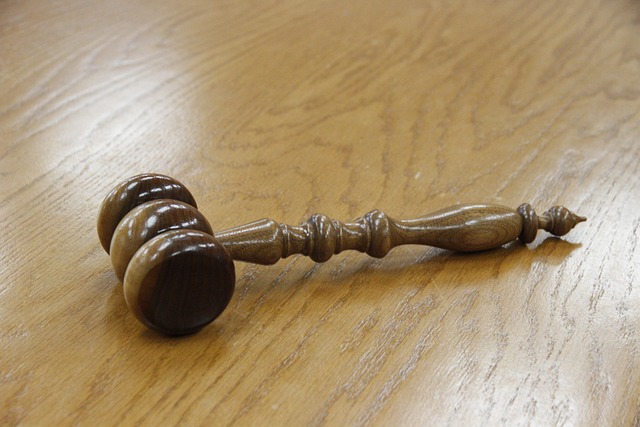
Proving liability in consumer protection suits is a multifaceted task that requires a keen understanding of key elements. First and foremost, plaintiffs must establish a legal duty owed by the defendant to protect consumers from harmful practices. This duty often arises from statutes or regulations designed to safeguard consumers’ rights. Secondly, they need to demonstrate a breach of that duty, typically through evidence showing deceptive or unfair business practices.
Amongst the common mistakes in personal injury claims related to consumer protection are failing to identify and produce relevant documentation, such as contracts or communication with the defendant, and not presenting a clear chain of events that connects the defendant’s actions to the consumer’s harm. It is also crucial to avoid misconceptions about general criminal defense and focusing on proving culpability at all stages of the investigative and enforcement process rather than solely relying on personal opinions or unsubstantiated allegations.
Strategies to Avoid Costly Legal Pitfalls

When navigating consumer protection suits and personal injury claims, it’s crucial to avoid common legal pitfalls that can lead to costly mistakes. One of the primary strategies is thorough documentation. Victims should gather and organize all relevant evidence, from medical records to witness statements, promptly after an incident. This meticulous approach ensures a solid foundation for the claim, aiding in a smoother process across the country, where laws may vary but principles remain consistent.
Another common error is rushing into a settlement without proper evaluation. It’s tempting to accept a quick offer, especially when dealing with complex cases involving extensive medical treatments or long-term disabilities. However, settling prematurely might result in accepting an inadequate compensation. Understanding your rights and the value of your claim is essential. Engaging experienced legal counsel who can guide you through all stages of the investigative and enforcement process is a wise step to avoid these mistakes and potentially secure better outcomes via jury trials if necessary.
When navigating consumer protection suits, understanding your rights and avoiding common pitfalls is key. By familiarizing yourself with consumer protection laws and the process of filing a personal injury claim, you can protect yourself from costly legal errors. Remember, meticulous documentation and a clear demonstration of liability are essential to winning these cases. Learn from the mistakes others make in personal injury claims to ensure your rights are safeguarded and you receive the compensation you deserve.
